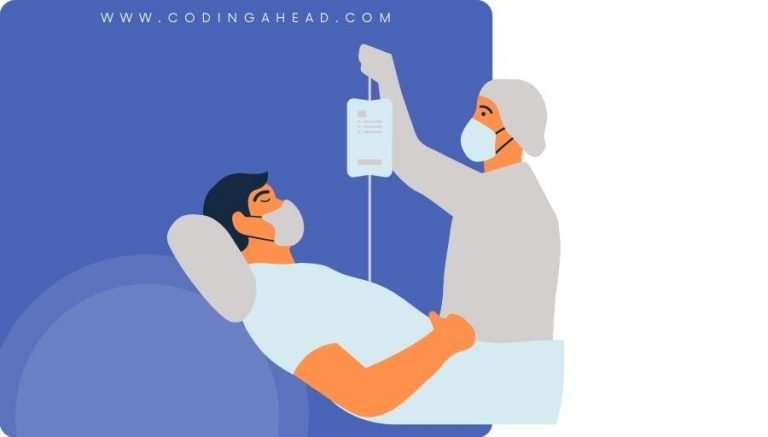How To Use CPT Code 43300
CPT 43300 describes a specific procedure for esophagoplasty, which involves the plastic repair or reconstruction of the esophagus through a cervical approach. This article will cover the official description, procedure details, qualifying circumstances, appropriate usage, documentation requirements, billing guidelines, historical information and billing examples.
1. What is CPT Code 43300?
CPT 43300 is a code used to describe a surgical procedure known as esophagoplasty. This procedure involves the repair or reconstruction of the esophagus using a cervical approach. It does not include the repair of a tracheoesophageal fistula, which is a separate procedure. Esophagoplasty is a plastic surgery technique used to address defects or abnormalities in the esophagus.
2. Official Description
The official description of CPT code 43300 is: ‘Esophagoplasty (plastic repair or reconstruction), cervical approach; without repair of tracheoesophageal fistula.’
3. Procedure
- The surgeon begins by preparing the patient and administering anesthesia.
- An incision is made in the neck to access the esophagus.
- The surgeon carefully dissects the tissues until the esophagus is identified.
- The target area of the esophagus is inspected for defects or abnormalities.
- The surgeon then proceeds to repair the esophagus using techniques such as sutures or staples.
- Hemostasis, or the stopping of bleeding, is ensured.
- The neck incision is closed in layers to complete the procedure.
4. Qualifying circumstances
CPT 43300 is used when a patient requires esophagoplasty without the repair of a tracheoesophageal fistula. This procedure is typically performed on patients with esophageal defects or abnormalities that can be addressed through plastic repair or reconstruction. It is important to note that the procedure must be performed using a cervical approach.
5. When to use CPT code 43300
CPT code 43300 should be used when a surgeon performs esophagoplasty without repairing a tracheoesophageal fistula. It is important to accurately document the details of the procedure to support the use of this code. If the procedure involves the repair of a tracheoesophageal fistula, a different code, such as CPT 43305, should be used.
6. Documentation requirements
To support a claim for CPT 43300, the following documentation is required:
- Clear indication of the patient’s need for esophagoplasty
- Description of the specific technique used for the repair or reconstruction
- Date of the procedure
- Details of the surgical approach, including the cervical incision
- Any additional procedures performed during the same surgical session
- Confirmation that the repair did not involve the repair of a tracheoesophageal fistula
- Signature of the performing surgeon
7. Billing guidelines
When billing for CPT 43300, it is important to ensure that the procedure meets the specific criteria outlined in the code description. The procedure must be performed using a cervical approach and should not involve the repair of a tracheoesophageal fistula. It is also important to follow any additional guidelines provided by insurance payers or regulatory bodies. It is recommended to review the specific billing guidelines for accurate reporting of CPT 43300.
8. Historical information
CPT 43300 was added to the Current Procedural Terminology system on January 1, 1990. Since its addition, there have been no updates or changes to the code. However, it is important to stay updated with any changes or revisions that may occur in the future.
9. Examples
- A surgeon performs esophagoplasty through a cervical approach to repair a defect in the esophagus.
- An individual undergoes esophagoplasty without tracheoesophageal fistula repair to reconstruct their esophagus.
- A patient with an esophageal abnormality undergoes plastic repair through a cervical incision.
- A surgeon performs esophagoplasty to reconstruct the esophagus after the removal of a tumor.
- An individual with a congenital esophageal defect undergoes esophagoplasty to improve their swallowing function.
- A surgeon repairs a traumatic injury to the esophagus through a cervical approach using esophagoplasty.
- An individual with a history of esophageal disease undergoes plastic reconstruction of the esophagus through a cervical incision.
- A patient with a previous failed esophageal repair undergoes revision esophagoplasty through a cervical approach.
- A surgeon performs esophagoplasty to address a stricture in the esophagus.
- An individual with a congenital esophageal abnormality undergoes esophagoplasty to improve their quality of life.



